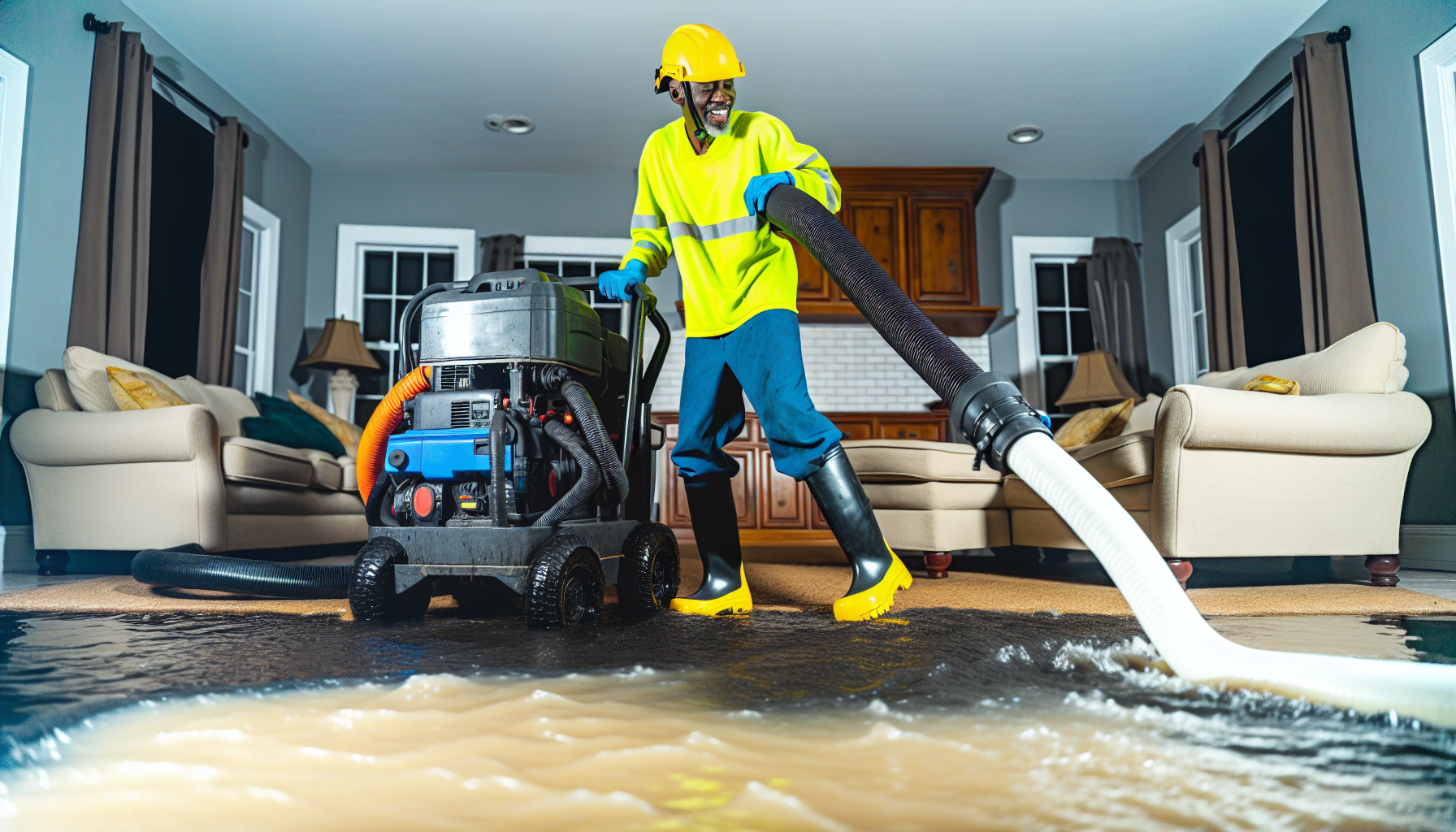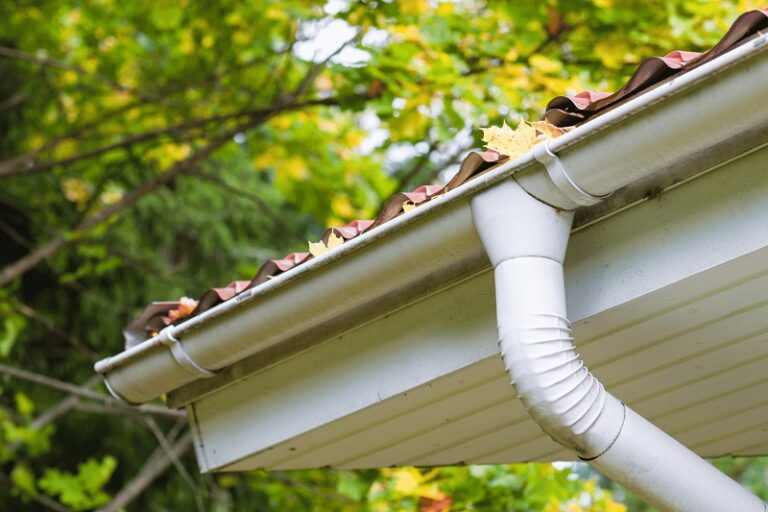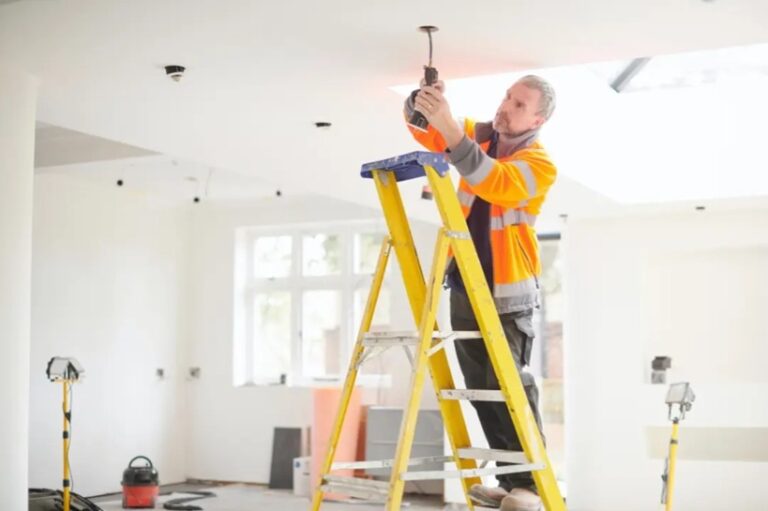
Water damage can induce considerable distress and potentially expensive restorations, constituting a homeowner’s worst dread. Regardless of the cause of the damage—a ruptured pipe, inundation, or a failing roof—immediate and effective restoration of your property is critical. By following this comprehensive guide, you will be able to effectively manage the water damage restoration services process and restore the safety and soundness of your home.
Step 1: Establish Safety Priority
Before beginning any water damage restoration work, ensure that entering the affected area is safe. Disconnect the gas and electricity supplies in order to avert potential dangers. Consider donning protective equipment, such as rubber boots and mittens, to prevent contact with contaminated water in the event of extensive water damage.
Step 2: Evaluate The Damage
Once entry is permitted, evaluate the extent of the water damage. Document the damage with photographs and recordings for insurance purposes. Recognize the water’s origin and ascertain its color (purple, grey, or black). This categorization will assist you in determining the extent of remediation that is needed and whether the assistance of experts in water damage restoration is imperative.
- Clean water: Clean water, such as that obtained from damaged pipelines or precipitation, is generally safe but necessitates prompt attention in order to avert the growth of mildew.
- Grey water: Grey water, which originates from appliances such as washing machines and dishwashers, may contain contaminants and necessitates meticulous management.
- Black water: Floodwaters and black water, which originate from sources such as sewage overflows, are extremely contaminated and pose grave health risks. Expert assistance is highly recommended.
Step 3: Eliminate Standing Water
It is then necessary to eliminate any residual water. Utilize a dry/wet vacuum to maximize water extraction. You might be required to rent a submersible pump for greater volumes. Thoroughly dry the area, as any residual water may cause additional harm and promote the growth of mildew. Consider engaging the services of a professional water damage restoration company to manage the extraction if the water level is substantial.
Step 4: Dehumidify And Dry
Once the stagnant water has been extracted, it is critical to dry the afflicted area. Open windows, fans, and dehumidifiers can be utilized to increase ventilation and accelerate the drying process. Prioritize the drying of floors, walls, and any other compromised structures. Several days may be required to complete this task, contingent upon the severity of the harm. Maintain a close eye on the moisture levels to guarantee that all items are completely dehydrated.
Step 5: Clean And Disinfect
Clean and disinfect all affected surfaces once the area has dried to prevent the growth of fungi and bacteria. Water and a moderate detergent solution should be utilized to sanitize furniture, surfaces, and walls. For more severe contamination, disinfect with a solution of water and bleach (1 cup of bleach to 1 gallon of water). When using chlorine, adhere to all safety precautions and ensure that the area is adequately ventilated.
Step 6: Remove Damaged Materials
Identify any materials in your residence that are beyond salvaging. Hardwood, insulation, carpeting, and furniture may be included. Eliminate and dispose of these items in an appropriate manner in order to mitigate the growth of mold and fungus. If you are uncertain as to what can be salvaged, seek professional guidance from water damage restoration services.
Step 7: Restore And Repair
After the area has been thoroughly cleansed and dry, the restoration and repair process can commence. This may entail wall repainting, drywall replacement, or the installation of new flooring. Contractors might be required to perform specific remedies, contingent upon the extent of the damage. Ensure that all repairs adhere to building standards and regulations.
Step 8: Prevent Future Water Damage
To prevent future water damage, implement the following preventative measures:
- Plumbing Maintenance And Inspection: Conduct routine leak inspections and address any issues immediately.
- Sealing Windows and Doors: Window and door seals must be in good condition to prevent water infiltration during inclement weather.
- Installing a Sump Pump: A sump pump can assist in keeping a basement dry if you reside in an area prone to flooding.
- Gutter Consistency: Gutters and downspouts must be maintained and repaired in order to direct water away from a residence.
Conclusion
Restoring a residence that has been damaged by water can be a daunting endeavor, but you can successfully navigate the procedure by following this step-by-step guide. Consider engaging the services of a professional water damage restoration company to ensure that your property is adequately restored, while placing safety first and acting swiftly. You can protect your property for the future and mitigate the effects of water damage by being proactive and well-prepared.




